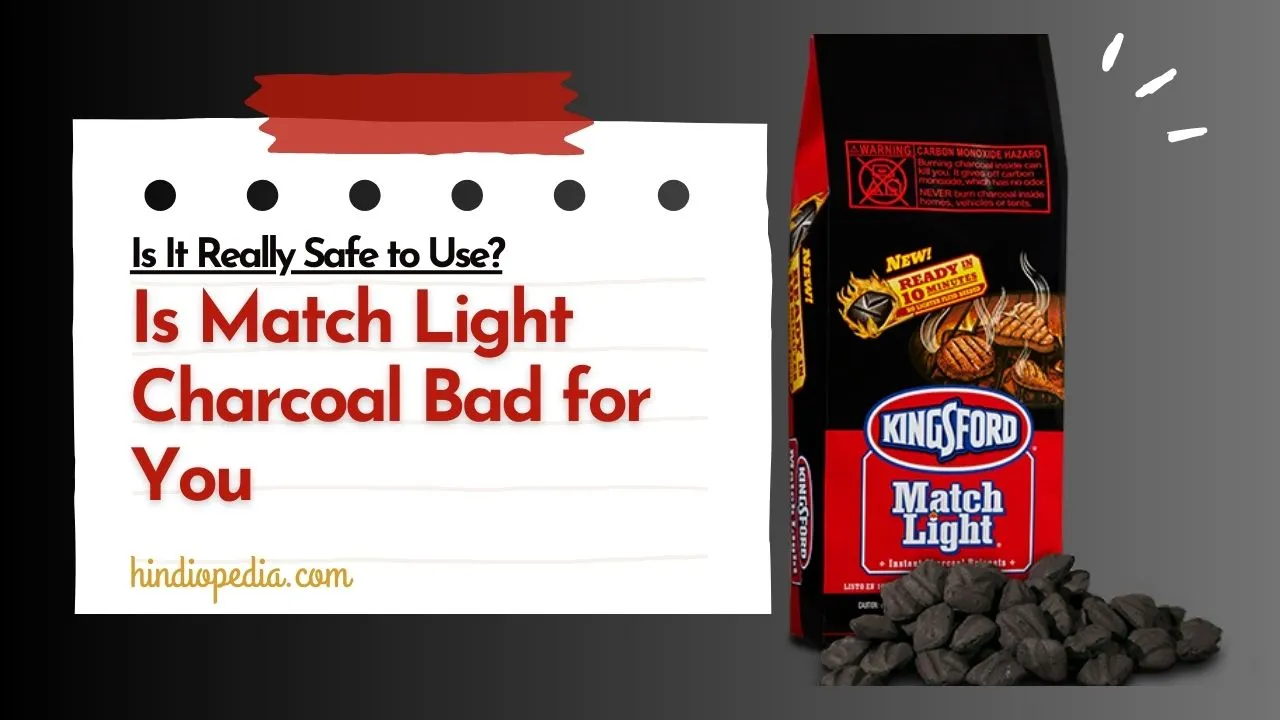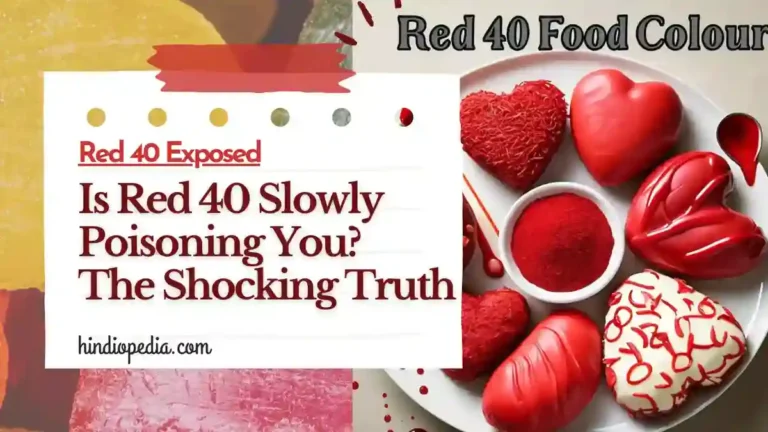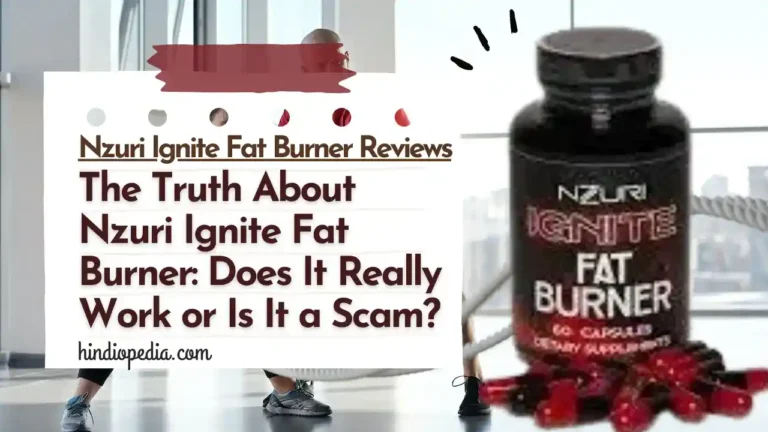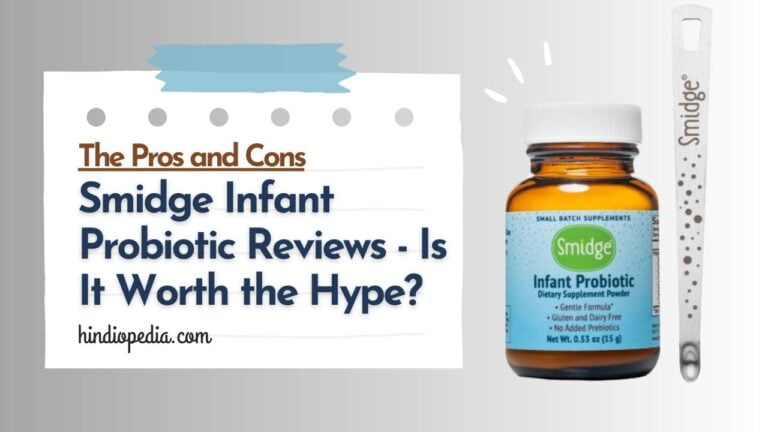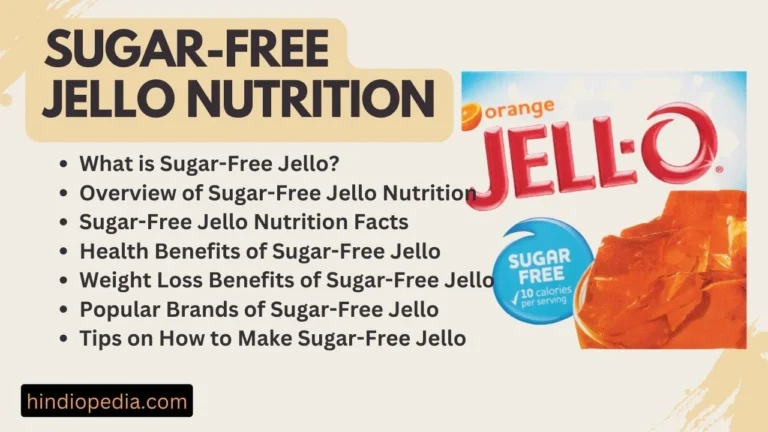Is Match Light Charcoal Bad For You? The Hidden Dangers & How to Avoid Them
If you love grilling you might have used match light charcoal at some point.
This type of charcoal is designed to make lighting easier and faster, without the need for additional lighter fluid.
But is match light charcoal bad for you? What are the pros and cons of using it? And what are some healthier alternatives?
In this blog post, we will answer these questions and more.
What is Match Light Charcoal?

Match light charcoal is a type of briquette that is pre-soaked in lighter fluid. It has a distinctive blue bag and a label that says “ready to light“.
To use it, you simply place the briquettes in a pile, light them with a match or a lighter, and wait for them to turn gray.
You don’t need to add any lighter fluid or use a chimney starter.
Match light charcoal is made from the same materials as regular charcoal briquettes such as wood, coal, starch, and borax.
However, it also contains an activator that helps it ignite quickly. Depending on the brand the activator can be paraffin, a petroleum product, or another flammable substance.
Advantages
The main advantage of match light charcoal is that it is convenient and easy to use.
You don’t have to worry about measuring or pouring lighter fluid or waiting for the coals to heat up.
You can start grilling in about 10 minutes.
Disadvantages
The main disadvantage of match light charcoal is that it can affect the taste and quality of your food.
The lighter fluid can impart a chemical flavor to your food especially if you use too much of it or don’t let it burn off completely.
Some people also find that match light charcoal produces more smoke and ash than regular charcoal which can be annoying and messy.
Is Match Light Charcoal Bad for You?
The short answer is no, match light charcoal is not bad for you. As long as you use it as directed, the lighter fluid will burn off completely and leave no harmful residues on your food or in the air.
However, there are some drawbacks to using match light charcoal that you should be aware of.
Is Match Light Charcoal Toxic?
One of the main concerns people have about match light charcoal is whether it is toxic or harmful to your health.
The answer is not so simple.
Match light charcoal contains chemicals that help it ignite quickly and easily, but these chemicals can also release toxins into the air when burned.
These toxins can include benzene, formaldehyde, acetaldehyde, and polycyclic aromatic hydrocarbons (PAHs) which are known carcinogens.
However, the amount of toxins released by match light charcoal depends on several factors such as how much you use, how long you burn it, how well you ventilate the area, and how close you are to the source.
The risk of exposure to these toxins is generally low if you use match light charcoal outdoors in a well-ventilated area, follow the instructions on the package, and avoid breathing in the smoke.
Additionally, not all match light charcoals are created equal. Some brands use safer chemicals than others such as natural vegetable oil instead of petroleum-based lighter fluid.
You can check the ingredients list on the package to see what kind of chemicals are used in your match light charcoal.
What is the Healthiest Charcoal to Use?
If you want to avoid using match light charcoal altogether there are other options available that are healthier and more eco-friendly.
Here are some of the most popular types of charcoal:
#1 Lump charcoal
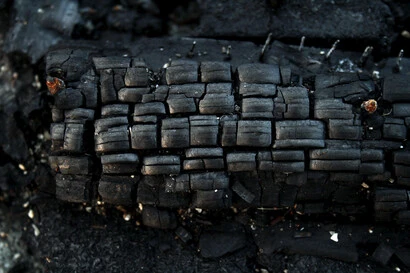
This is made from natural hardwood that is burned in a low-oxygen environment. It produces less ash and smoke than briquettes and has a higher heat output. It also gives your food a natural wood flavor.
However, lump charcoal can be more expensive and harder to find than briquettes and it can burn unevenly and faster.
#2 Briquettes

These are made from compressed sawdust and other additives that help them burn longer and more consistently. They are cheaper and more widely available than lump charcoal, and they are easier to control and measure.
However, briquettes can produce more ash and smoke than lump charcoal and they can contain chemicals that can affect the taste of your food.
#3 White-hot coals
These are made from coconut shells that are carbonized and processed into briquettes. They are eco-friendly as they use a renewable resource and produce fewer carbon emissions than wood-based charcoals.
They also burn hotter and longer than regular briquettes, and they have a neutral flavor that doesn’t interfere with your food.
However, white-hot coals can be more expensive and harder to find than regular briquettes and they can take longer to light.
How Long Does Match Light Charcoal Last?
According to Kingsford®, Match Light charcoal has a shelf life of 1-2 years if stored properly, meaning the bag is unopened, free of tears, or sealed tightly.
If the bag is left open or becomes torn, the solvent that helps the briquets light easily will evaporate and make them harder to ignite.
How to Light Charcoal Without Lighter Fluid?
There are several ways to light charcoal without lighter fluid depending on what tools and materials you have.
Here are some of the most common methods:
#1 A charcoal chimney starter
This is a device that uses paper or firelighters to ignite the charcoal from below.
You fill the chimney with charcoal, place it over a fire source, and wait for the coals to turn gray and hot. Then you dump them into your grill and spread them evenly.
#2 An electric charcoal starter
This is a tool that produces heat or flame to light the charcoal directly.
You plug it into an outlet, insert it into a pile of charcoal, and wait for the coals to ignite.
Then you remove the starter and arrange the coals as desired.
#3 A heat gun or a torch
These are tools that also produce heat or flame to light the charcoal directly.
You aim them at the charcoal and move them around until the coals catch fire. Then you adjust the coals as needed.
#4 Paraffin wax
This is a substance that can help light the charcoal by acting as fuel.
You can buy paraffin wax cubes or make your own by melting wax and pouring it into ice cube trays.
You place one or two cubes on top of the charcoal and light them with a match or a lighter. Then you wait for the coals to burn down and spread them evenly.
#5 Kindling and paper
These are materials that can help build a small fire at the base of the grill using paper, newspaper, or other flammable materials, and then add charcoal to it.
You crumple some paper and place it under the grill grate, then add some kindling such as twigs or wood chips on top. You light the paper and wait for the kindling to catch fire, then add some charcoal on top.
You let the fire burn until the coals are hot and gray, then spread them evenly.
Final Thoughts
Match light charcoal is not bad for you if you use it correctly and sparingly.
It can be a convenient and easy way to start grilling without hassle.
However, if you want to avoid the potential risks of using match light charcoal, you can opt for other types of charcoal that are healthier and more natural.
The choice is yours!
Frequently Asked Questions
Match light charcoal is a type of briquette soaked in lighter fluid that ignites easily with just a match.
No, match light charcoal is not bad for you. The chemicals in the lighter fluid burn off completely when used as directed.
Yes, match light charcoal can be toxic if you breathe in the fumes or ingest the ash. However, you can minimize your exposure by using it outdoors in a well-ventilated area.
Match light charcoal has some advantages such as lighting quickly and producing less ash, but it also has some disadvantages such as having a slight chemical taste and releasing toxins into the air.
The healthiest charcoal to use is lump charcoal, which is made from natural hardwood and has no additives or chemicals. It also burns hotter and longer than other types of charcoal.

